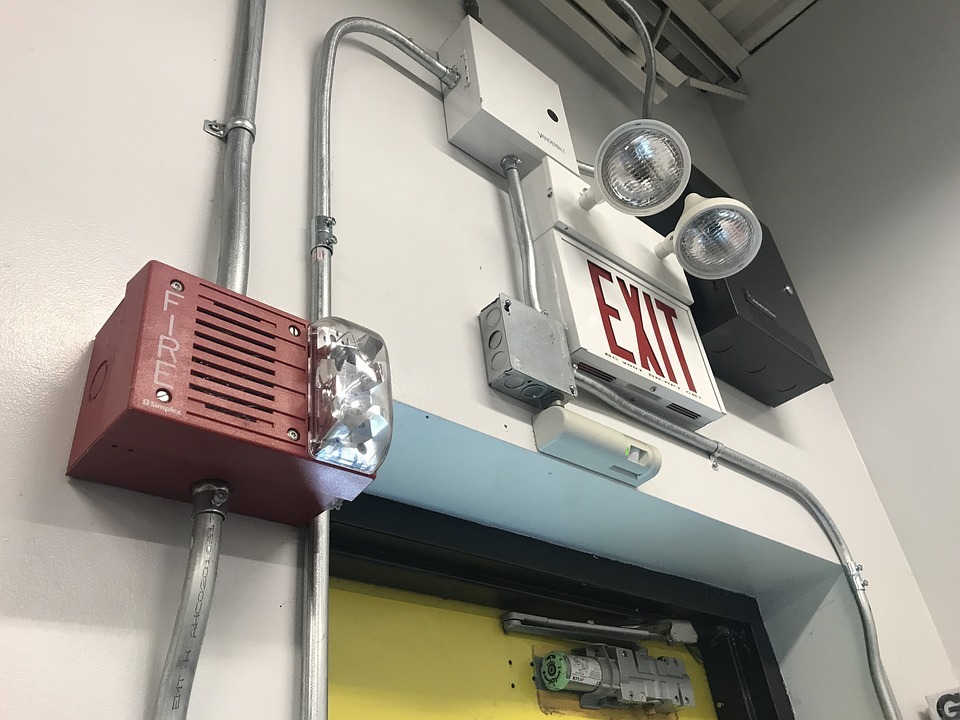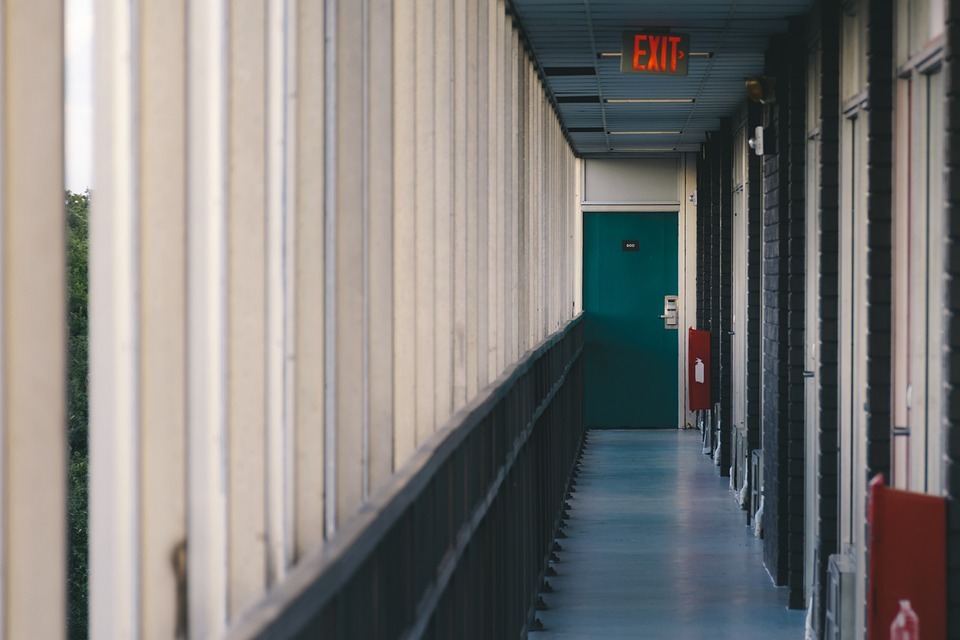We all know that accidents will always come our way. They may come in the form of road accidents, health accidents, or also fire accidents. Accidents could happen anytime. But, there are many ways to prevent them from happening. Technology is constantly evolving as time passes by. Scientists, manufacturers, and suppliers try incorporating new technologies into the products that they make. One of the reasons is to ensure our safety and protection. One of the great products that they invented is a door that is fire resistant. Fire-resistant doors come in handy, especially when dealing with kids who do not know their actions that can endanger the house or any establishments.
As you read this article, you can learn more about fire doors and the hazards that a traditional fire door has.
WHAT IS A FIRE DOOR?
A fire door is a door used to help prevent the expansion of the fire. It is made of fire-resistant materials that could hold back the fire from entering other areas for a given period. All the parts of the door, including the frame and hardware, have resistance to fire. A fire door has a crucial role in maintaining the stability of firewalls and different fire separation methods. Aside from preventing the fire from spreading to other areas, fire doors also have a critical role in ensuring the safety of the people evacuating from the house. However, a fire door also has its equal share of hazards. Here are some of the hazards of a traditional fire door.
- If a fire door is not shut properly, there is a high possibility that smoke and fire could spread throughout the building.
- A fire door that fails to close correctly, massive damage to properties is most likely to occur.
- Wedges or any props can open fire doors. It is not illegal, but it can be dangerous because it risks the safety of the building’s occupants, especially when there is a fire.
- It is easy to block fire doors with any items. Blocking a fire door could hinder the people from evacuating the place quickly, increasing the risk of injuring people inside the building.
- At times, there is an excessive gap between the fire door and its frame. It creates space for smoke and fire to enter the building, which leads to a massive spread of fire in the area.
- Incorrect glass in your fire door could also be a hazard. Fire door glasses should be fire-resistant. Wrong glasses in your fire doors could break when exposed to very high temperatures from fire.
- The use of improper hinges could increase the risk of smoke and fire passing through the door. Unsuitable hinges cause the looseness of the door to its frame. If your door is loose, you cannot close it properly. This will expose the building occupants to smoke and fire, endangering their lives.
- A door leaf of a fire door could be damaged if not handled properly. This damage could wear out the door, not making it able to function well in times of fire. A damaged door leaf creates gaps and holes on the door’s surface. It allows the smoke and fire to pass through and spread throughout the establishment.
- Usually, there is a need to replace door locks and any other ironmongery. Sometimes, this can weaken the integrity of the fire door. It affects the level of fire resistance of the fire door.
- A fire door could have a faulty smoke seal. Manufacturers designed these seals to stop the smoke from spreading in other areas. So if these smoke seals do not function properly, it could let toxic gas pass through the building.
THINGS TO REMEMBER TO AVOID THE RISKS AND HAZARDS OF FIRE DOORS
- Establishments should have a yearly inspection and maintenance work to assess the functionality of the fire doors.
- Always keep the fire doors closed if they do not need to be used.
- Provide your fire door with an automatic closure device that activates in the event of a fire.
- Never uses wedges or other props to prevent a fire door from closing.
- Link or connect your fire with the smoke detection system of the establishment so that they automatically close when the fire alarm activates.
- Add water sprinkler systems to your fire doors for additional safety purposes.
- Do not store items or any obstructions in front of fire doors. They could prevent the door from opening and closing. They also hinder the evacuation of the people in the building.
- When there is damage to the fire doors, report it immediately and have it repaired as soon as possible.


